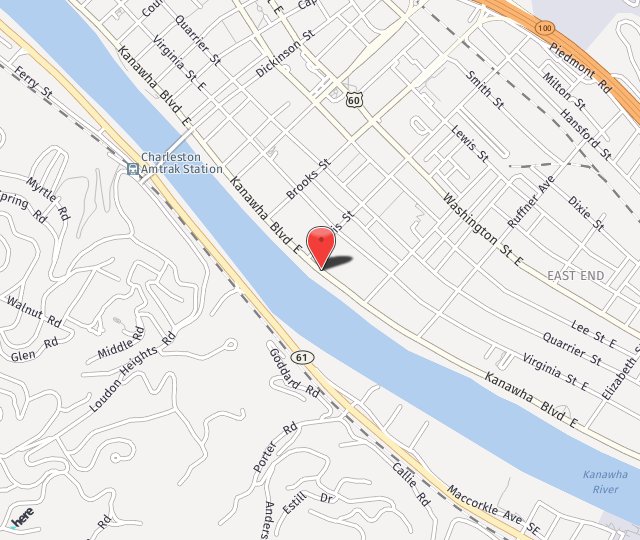Liposuction is a minimally invasive cosmetic procedure that uses a thin, hollow tube called a cannula to remove localized areas of body fat. The cannula is inserted through extremely small incisions, and then moved back and forth to loosen excess fat, which is suctioned out using a vacuum or a cannula-attached syringe. Treated areas look slimmer and more contoured, and in better overall proportion to the rest of the body. However, liposuction is not a method for losing weight, and is not effective in eliminating cellulite, or tightening loose and sagging skin.
The ideal candidate for liposuction is in good overall health, but has one or more areas of fat that do not respond to diet or exercise. Areas that are often treated with liposuction include the thighs, abdomen, arms, back, hips, buttocks, chest, face, calves and ankles. Liposuction can be performed alone, or in conjunction with other cosmetic procedures, such as thighplasty and abdominoplasty.
The Liposuction Procedure
One of the most common liposuction techniques is tumescent liposuction, which may get an assist from ultrasound or laser. It is performed on an outpatient basis.
During tumescent liposuction, a solution comprising saline solution, lidocaine (an anesthetic) and epinephrine (a blood-vessel contractor) is injected into the area being treated. The solution causes the targeted tissue swell and become firm, which makes it easier to remove via the cannula. The advantages to this technique are that the anesthetic is built in, so there is no need for general or IV sedation, and blood loss is minimized because the epinephrine constricts blood vessels.
In laser-assisted tumescent liposuction, a laser is used to liquefy the fat, which makes removing it easier. The laser can also be used to tighten treatment-area skin after fat is removed. Similarly, ultrasound-assisted liposuction uses ultrasound energy to liquefy fat.
Recovery from Liposuction
After liposuction, patients experience mild swelling, bruising and discomfort in the treated area. Compression garments or elastic bandages are typically worn to help reduce these symptoms as the area heals. Patients can return to work and other regular activities as soon as they feel comfortable, which is usually after a few days. Exercise and other strenuous activities should be avoided for a few weeks.
Risks of Liposuction
In addition to the usual risks associated with surgery, risks associated with liposuction include the following:
- Loose or rippled skin
- Worsening of cellulite
- Asymmetry
- Contour irregularities
- Pigmentation irregularities
When large amounts of fat are removed, surgery to remove excess skin may be necessary.
Results of Liposuction
Results of the liposuction procedure may not be apparent until swelling and bruising subside, which usually takes a week; swelling should completely subside within a few months. Incisions are rarely sutured, and scarring is almost nonexistent, because the incisions used for the cannula are so small. The results of liposuction are long-lasting, unless a substantial amount of weight is gained.

